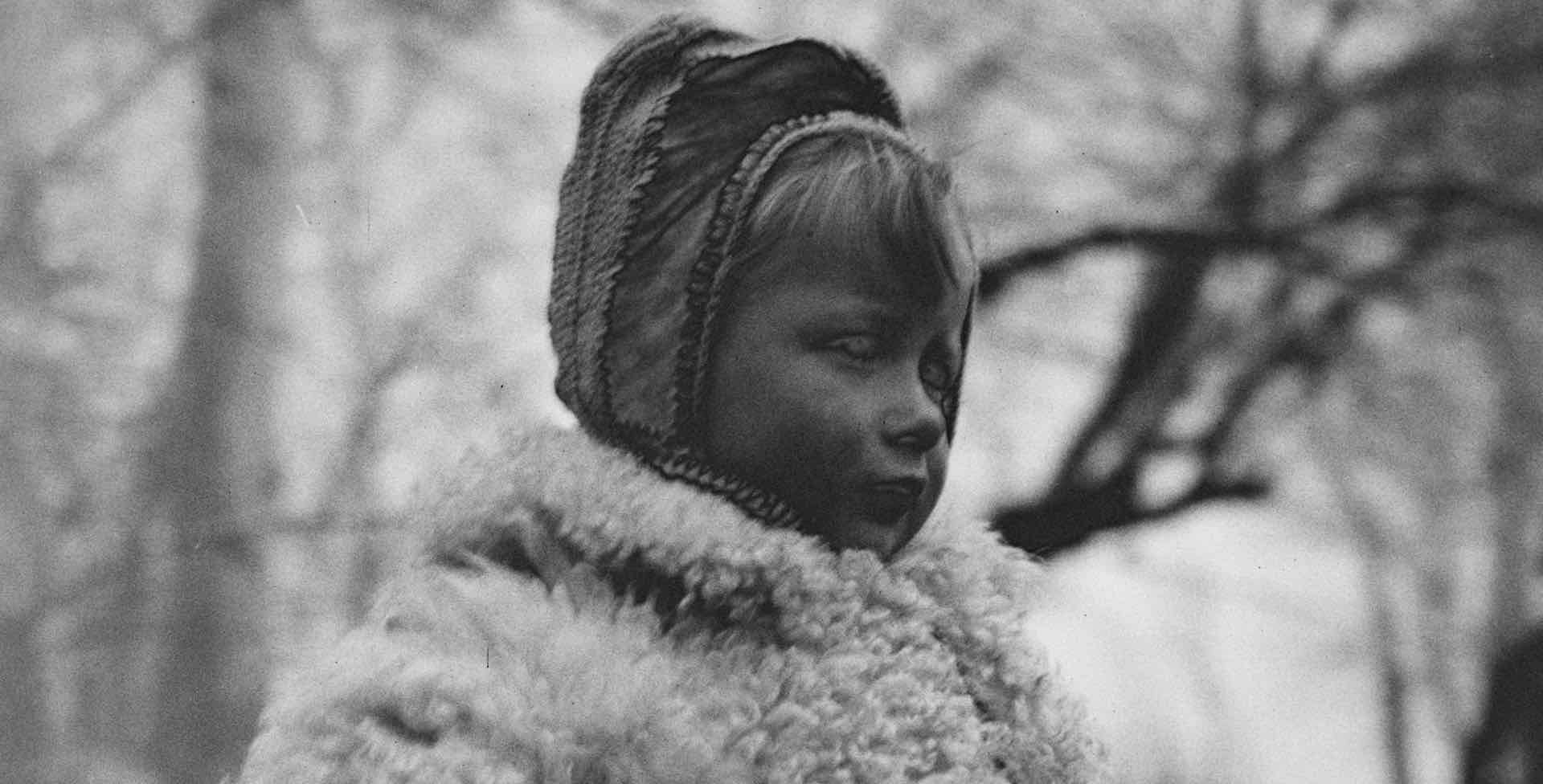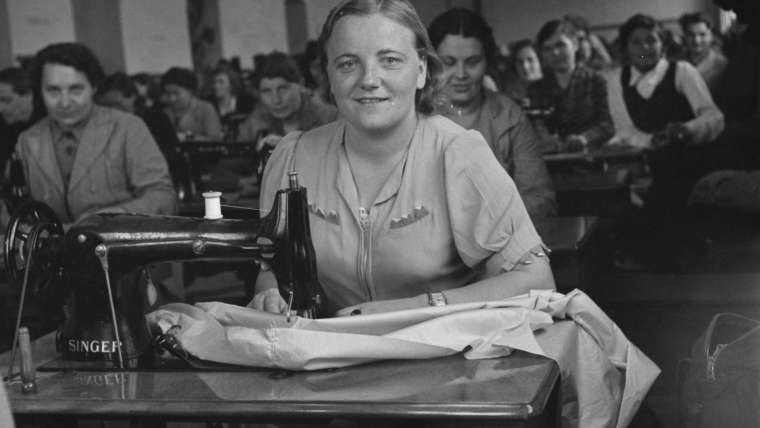U.S. Government Propaganda Photo By Ted Lipien Time Magazine Story In addition to misleading foreign audiences through Voice of America (VOA) shortwave radio broadcasts and domestic “news” outreach by the wartime Office of War Information (OWI), U.S. government propagandists had a definite impact on independent U.S. media. A short Time magazine entry on November 15, 1943 described a group of…

